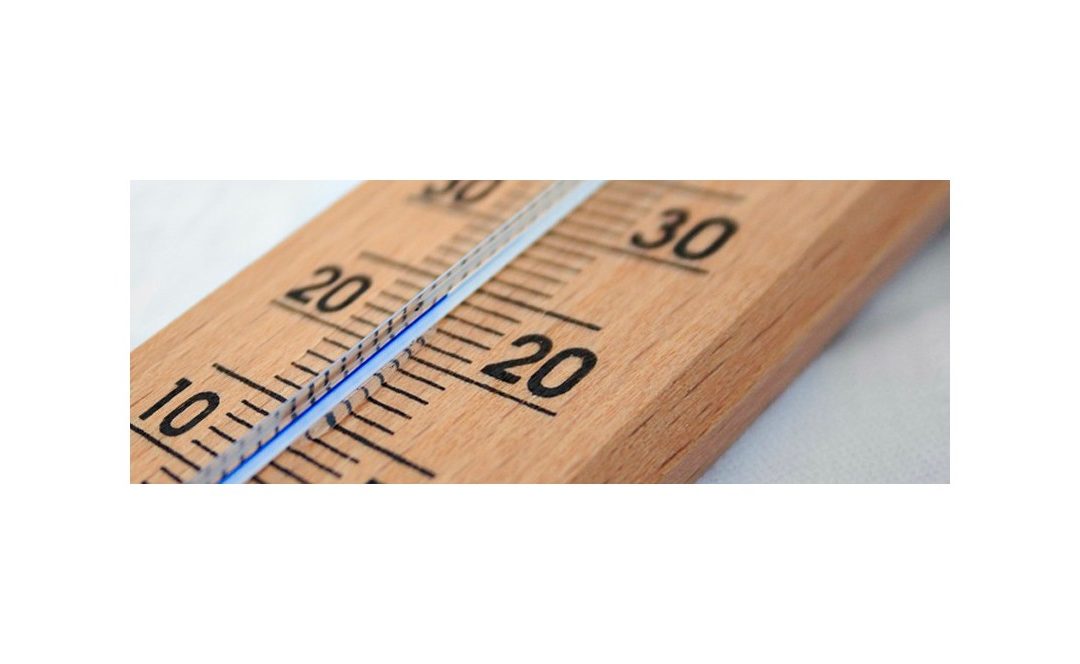Is the temperature rising and your home is starting to feel like a sauna? Is just sitting on the sofa watching television making you perspire? Does it feel hotter than what the thermometer is telling you? If you answered yes to these questions, then you have a problem with excessive humidity in your home. That muggy feeling is the result of what is known as apparent temperature, which is the effect you feel in summer when heat combines with humidity. In this article we will explain what apparent temperature is, and what you can do about it.
To begin, we first have to introduce the main characters in this story: relative humidity and temperature. The first concept is expressed as a percentage and it refers to the level of moisture in the air, in comparison with the maximum possible value. As air heats up, it is able to absorb more moisture. Optimal environmental comfort levels tend to exist when relative humidity is between 40% and 60%. When humidity drops below those levels the air becomes too dry, and you may begin to feel that dryness in our nose and mouth. For young children, symptoms like these can represent a real problem. On the other hand, when the humidity in the air rises above 60% in the summer, you will start to get that stifling feeling of mugginess, and you might find yourselves perspiring even when sitting still. This is because the level of moisture in the air, combined with high temperatures, makes it harder for water to evaporate through the pores of the skin (known as transpiration).
As an example of how this all works, on a day when the actual temperature in our home is 25 ºC, with a relative humidity of 60%, the apparent temperature our body experiences will be 30 ºC, which is significantly higher. And the more the humidity and temperature rise, the greater the difference between what the thermometer tells you and the heat you seem to feel. You can see the relationship between actual temperature and apparent temperature in the following table:
There are two ways to address this problem: either by reducing the temperature or by reducing the relative humidity.
Reducing the temperature to avoid that muggy feeling
If we reduce the temperature, we’ll also be reducing the relative humidity, because the cooler the air, the less humidity it is able to absorb. But how can we cool down our home? The answer is simple enough if you have air conditioning. Just set the thermostat to the temperature you want, and soon you will be enjoying a much cooler environment. Have you ever stopped to think about where all that water is coming from when your air conditioner is running? In fact, that is the humidity from the air. This is water absorbed from the environment, which your air conditioner has collected and condensed. In other words, your air conditioner is removing humidity from the air. This allows the temperature to be quickly reduced to the levels desired, but there is also a risk of making the air too dry. Or even worse, if you spend all summer with the air conditioner running, you will soon be looking at a very high electricity bill… enough to have a serious impact on the money you were trying to save for your summer holiday!
Why not try some methods that are more natural and less costly? If you can, create some air flow, and ventilate on a regular basis. This will encourage the circulation of air and prevent humidity from building up inside your home. Remember, the problem with the heat you are feeling is not just caused by the temperature, but by excessive humidity as well. If the temperature indoors is only 23 or 24 ºC there’s really no need to reduce it, but the mugginess you are feeling will make you think the temperature is much higher. In this case, reducing the humidity in the air will decrease the heat you feel, and you will be able to enjoy the actual temperature inside your home.
Reducing relative humidity to decrease the apparent temperature
If you can eliminate excessive humidity from the air, you can also reduce that feeling of mugginess. By encouraging ventilation and creating air flow, as emphasized in the previous point, the level of moisture in the air will be reduced. Other ways to control indoor humidity are by not drying clothing indoors, by always using the extractor fan when cooking, and by opening the bathroom window a bit when showering. This will reduce the amount of moisture being added into the air.
One of the most effective options, however, is to make use of products that absorb excessive humidity. The products you select should be those that make use of calcium chloride. This is a powerful desiccant that absorbs excessive moisture from the air only until the optimal humidity level is reached, which prevents the air from becoming too dry. Moreover, these products do not require electricity. This results in significant savings compared to other options such as electric dehumidifiers, which consume very high amounts of electricity.
At HUMYDRY we are experts in moisture control, with more than 25 years of experience producing and selling moisture absorbers all over the world. Our extensive range of products offers solutions for all types of spaces to eliminate the problems caused by excessive moisture in the home. These are very affordable products, and in most cases, they are also refillable. Ideal for any time of year, they will also help prevent your home from becoming a sauna in the summer.


